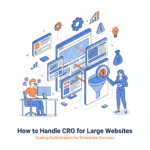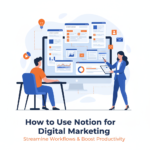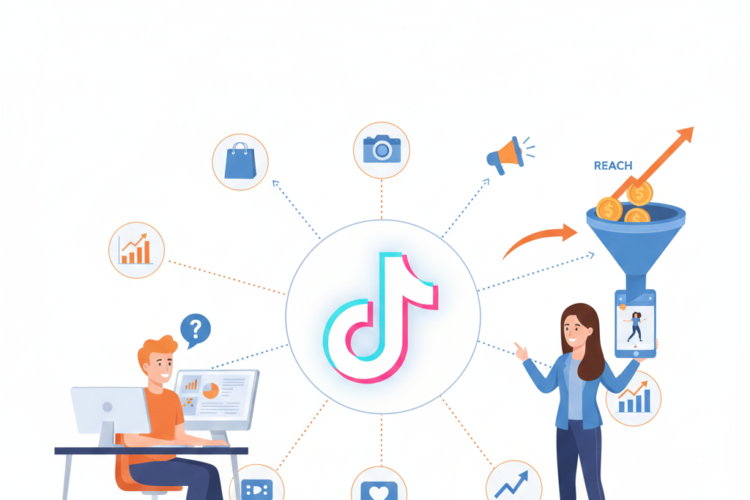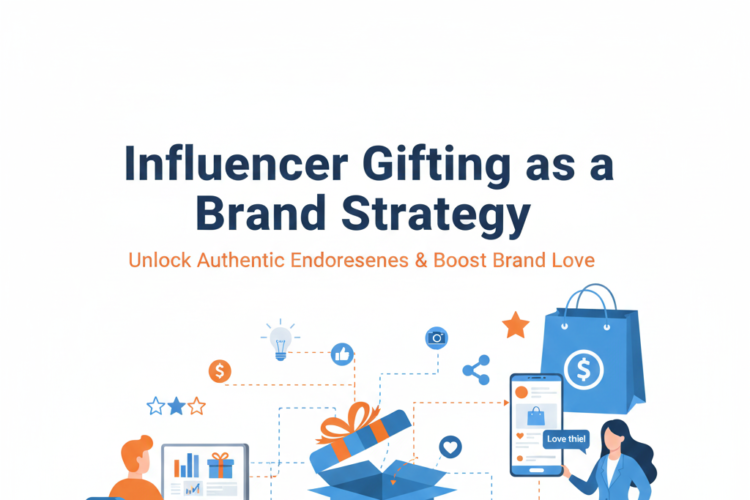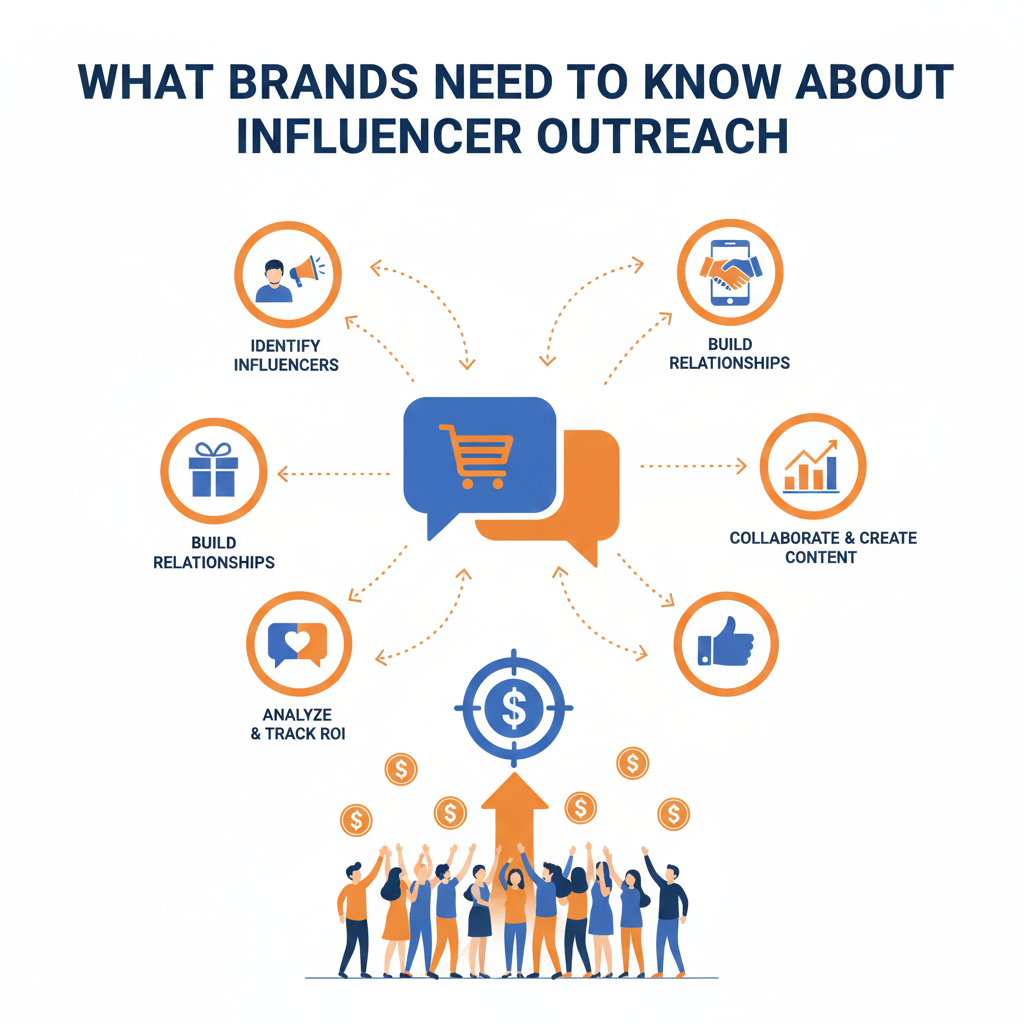
What Brands Need to Know About Influencer Outreach
1. Introduction: The Shift Toward Influencer-Led Marketing
Over the past decade, the marketing landscape has undergone a dramatic transformation. Consumers have grown increasingly skeptical of traditional advertising, while influencer marketing has emerged as a powerful, trust-driven channel.
According to multiple industry studies, over 70% of consumers say they’re more likely to buy a product when recommended by someone they follow online. As a result, influencer outreach — the process of identifying, connecting, and collaborating with influencers — has become a cornerstone of modern digital strategy.
But successful influencer outreach is more than sending a DM or a mass email. It requires thoughtful targeting, relationship building, and value alignment. Let’s explore everything brands need to know to master influencer outreach.
2. What Is Influencer Outreach?
Influencer outreach is the process of engaging with individuals who have built credibility and a following within a specific niche to promote your brand, product, or service.
It includes:
Identifying relevant influencers
Researching their audience and engagement
Reaching out with personalized collaboration offers
Building mutually beneficial partnerships
It’s not about short-term promotions — it’s about authentic relationships that drive long-term brand equity.
3. Why Influencer Outreach Matters in Modern Marketing
a. Trust Over Advertising
People trust people, not ads. Influencers bridge the gap between brand messaging and genuine recommendation.
b. Authentic Storytelling
Influencers can translate your brand message into relatable, authentic stories that resonate with their communities.
c. Niche Targeting
Micro and nano influencers help brands penetrate niche audiences that traditional media often misses.
d. Social Proof & UGC
Influencer campaigns generate user-generated content (UGC), which can be repurposed across ads, emails, and landing pages.
e. ROI & Performance
With the right tracking and attribution setup, influencer outreach delivers strong ROI, often outperforming display or social ads in engagement metrics.
4. Types of Influencers to Reach Out To
Choosing the right type of influencer depends on your goals, budget, and audience.
| Influencer Type | Follower Range | Best For | Advantages |
|---|---|---|---|
| Nano Influencers | 1K–10K | Local/niche targeting | High engagement, authentic |
| Micro Influencers | 10K–100K | Specific interest groups | Strong trust, affordable |
| Macro Influencers | 100K–1M | Broader awareness | Large reach |
| Mega Influencers | 1M+ | National/global campaigns | Massive visibility |
| Industry Experts / Thought Leaders | Varies | B2B outreach | Authority-driven content |
5. The Influencer Outreach Process (Step-by-Step)
Step 1: Define Your Goals
Before reaching out, know what success looks like:
Brand awareness?
Lead generation?
Content creation?
Sales conversions?
Clear goals shape your targeting and messaging.
Step 2: Identify the Right Influencers
Look for influencers whose:
Audience matches your buyer persona
Content aligns with your brand values
Engagement rate (likes, comments, shares) is healthy
Past collaborations show professionalism
Tools like BuzzSumo, Upfluence, HypeAuditor, or Tagger can help automate discovery.
Step 3: Vet Influencers Thoroughly
Before outreach, analyze:
Follower authenticity (watch for bots/fake engagement)
Content quality (consistent tone and visuals)
Audience demographics (age, location, interests)
Engagement-to-follower ratio (ideal: 2–10%)
Pro tip: Always check their comments section — it reveals how real and active their audience truly is.
Step 4: Personalize Your Outreach
Generic outreach fails. Instead, tailor your message:
Mention specific posts you liked.
Highlight shared values or target audiences.
Clearly outline what’s in it for them (creative freedom, compensation, exposure).
Example Template:
Hi [Name],
I’ve been following your content around [topic] and loved your recent post about [specific example].
I represent [Brand Name], and we think your voice would be perfect for an upcoming campaign about [topic].
We’d love to discuss how we can collaborate in a way that fits your unique style and community.
Make it about them, not just your product.
Step 5: Offer Clear Collaboration Options
Influencers appreciate structure and clarity. Define:
Deliverables (e.g., 1 Instagram Reel + 2 Stories)
Timelines
Compensation (flat fee, commission, affiliate link, or product gifting)
Usage rights for the content
A clear agreement builds professionalism and trust.
Step 6: Build Relationships, Not Transactions
Long-term relationships outperform one-off deals.
✅ Engage with their content regularly.
✅ Give them early access to launches.
✅ Include them in brand decisions or feedback loops.
Influencers who feel genuinely valued become brand advocates, not just promoters.
6. Common Mistakes Brands Make in Influencer Outreach
🚫 Sending generic outreach emails
🚫 Ignoring smaller influencers
🚫 Focusing on follower count over engagement
🚫 Failing to disclose sponsored partnerships (legal risk!)
🚫 Micromanaging creative direction
Influencers know their audience best — give them creative autonomy.
7. Measuring Influencer Outreach Success
Track performance metrics to measure ROI effectively:
| Metric | Purpose |
|---|---|
| Engagement Rate | Shows content resonance |
| Reach & Impressions | Measures awareness |
| Clicks/Traffic | Evaluates interest |
| Conversions/Sales | Direct ROI |
| Earned Media Value (EMV) | Monetizes organic visibility |
| Sentiment Analysis | Gauges brand perception |
Use UTM tracking links, affiliate codes, or custom landing pages to attribute results accurately.
8. Legal & Ethical Considerations
Transparency is non-negotiable.
Influencers must disclose sponsorships (#ad, #sponsored).
Brands should provide clear FTC/ASA compliance guidelines.
Respect influencer privacy and intellectual property rights.
Ethical partnerships build trust — not just with influencers but with their audiences too.
9. Tools to Streamline Influencer Outreach
Here are top tools to help automate and manage campaigns:
Aspire.io – end-to-end influencer relationship management
Grin – CRM for influencer campaigns
Traackr – influencer analytics and benchmarking
Heepsy – influencer discovery tool
Influencity – AI-driven influencer search
These platforms help scale outreach while maintaining personalization.
10. The Future of Influencer Outreach
AI-Powered Matching: Platforms use machine learning to match brands with best-fit influencers.
Performance-Based Deals: More brands are shifting to affiliate-style compensation.
Creator Economy Growth: Independent creators will dominate brand storytelling.
Authenticity as Currency: Genuine partnerships > paid posts.
Brands that treat influencers as collaborators — not just channels — will thrive.
11. Key Takeaways
✅ Build authentic relationships, not transactional ones.
✅ Personalize every outreach message.
✅ Value engagement rate over follower count.
✅ Track results with precision.
✅ Focus on long-term partnerships for sustained ROI.
12. Conclusion
Influencer outreach isn’t just another marketing tactic — it’s the art of building human connections in a digital world. The most successful brands are those that approach influencers not as advertising assets, but as creative partners and community leaders.
When done strategically, influencer outreach amplifies credibility, drives engagement, and transforms brand perception — all through the power of trust.
Author
